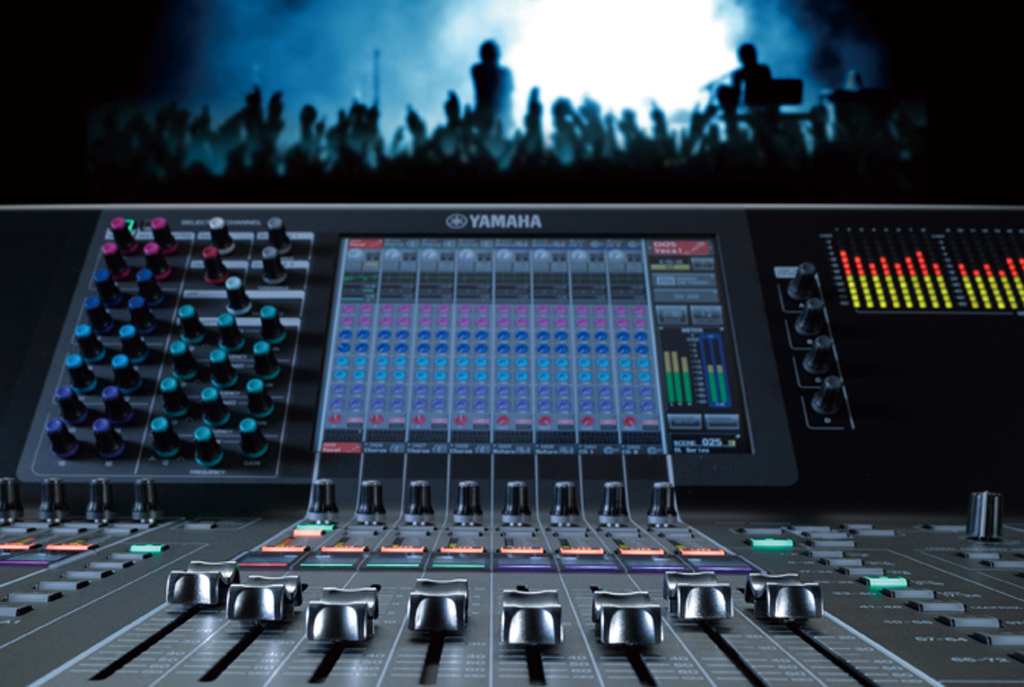

As a brief overview, the main new features from SX3 include: Audio Warping, which enables you to time-stretch and pitch-shift Audio Events in real time so that they follow the tempo of the Project or can be quantised Play Order Tracks, allowing you to specify regions within a Project and create a playlist of these regions rather than playing the Project in a linear fashion as usual MIDI Device Panels, to create editors in Cubase for external MIDI devices as well as plug-ins In-place Editing, allowing you to have the Key Editor visible within the Project window for selected Tracks Envelope Events, to create volume automation tied to specific Audio Events and improvements to freezing plug-ins, MMC slave and master behaviour, and redesigned windows for Device Setup, Synchronisation and the Metronome.

There are basically two important facts to consider when evaluating Nuendo 3: first, that it contains every feature found in Cubase SX3 for content creation and second, although Steinberg haven't always succeeded in distinguishing Nuendo from Cubase as a true post-production tool, Nuendo 3 is finally being pushed with an appropriate feature set in a way that makes it more appealing for that market.Īs Sound On Sound has already featured a Cubase SX3 review back in the November 2004 issue, we won't be detailing this functionality here, except where it differs or is enhanced in Nuendo 3. Sound On Sound readers might be more familiar with Avid as the parent company of Digidesign, and given how large a presence both these companies have in the post-production market, Yamaha, as the new owners of Steinberg, still face a struggle to build up Nuendo 's share of this market. As a video company, Pinnacle had their greatest success in the broadcast market, and since Avid wanted a greater presence in this sector, the acquisition makes perfect sense. It's perhaps a shame that Pinnacle didn't make more of Steinberg in terms of integrating the two company's products, although there are at least signs in version 3 of Nuendo that illustrate the cooperation that did exist, as we'll see in this review. And just when I started to write this review, a further interesting development happened when Avid announced their intention to acquire Pinnacle. Nuendo 2 was released in the months following Pinnacle's acquisition of Steinberg, while Nuendo 3 's release came just as Pinnacle sold Steinberg to Yamaha. It's been nearly two years since we reviewed Nuendo 2, Steinberg's last major version of what the company describe as their Media Production System, and it's been interesting to watch the developments to both Steinberg and Nuendo over this time.

To this end, the new version 3 includes features such as AAF import/export and integration with video editing systems. Two R-121’s on a Randall 4-12 stereo guitar cabinet and an 121 three inches from a Randall RM-20 small combo amp.Nuendo 3 in all its splendour, showing an imported OMF file from Avid Xpress Pro, the new, resizable Quicktime Video Playback window, and a slightly more polished, professional-looking user interface.Īlthough it includes all the features of Steinberg's Cubase SX3 MIDI + Audio sequencer, Nuendo is targeted at the post-production market. Two R-121’s on a Randall 4-12 stereo guitar cabinet. (See photos)Ĭ) Electric Guitar: two R-121’s on a Randall 4-12 stereo guitar cabinet and an R-121 three inches from a Randall RM-20 small combo amp. Your Browser does not support the new HTML5 Audio-Tag, sorry!ī) Electric Guitar: two R-121’s on a Randall 4-12 stereo guitar cabinet. All preamps mixed to one bus, to Crane Song HEDD, to Euphonix AM713 A/D converter. Recording chain: All R-121s into Chandler TG2, TG Channel, and Germanium preamps. Recorded at Wireworld Studio, Nashville, TN. Produced, engineered & mixed by Michel Wagener.


 0 kommentar(er)
0 kommentar(er)
